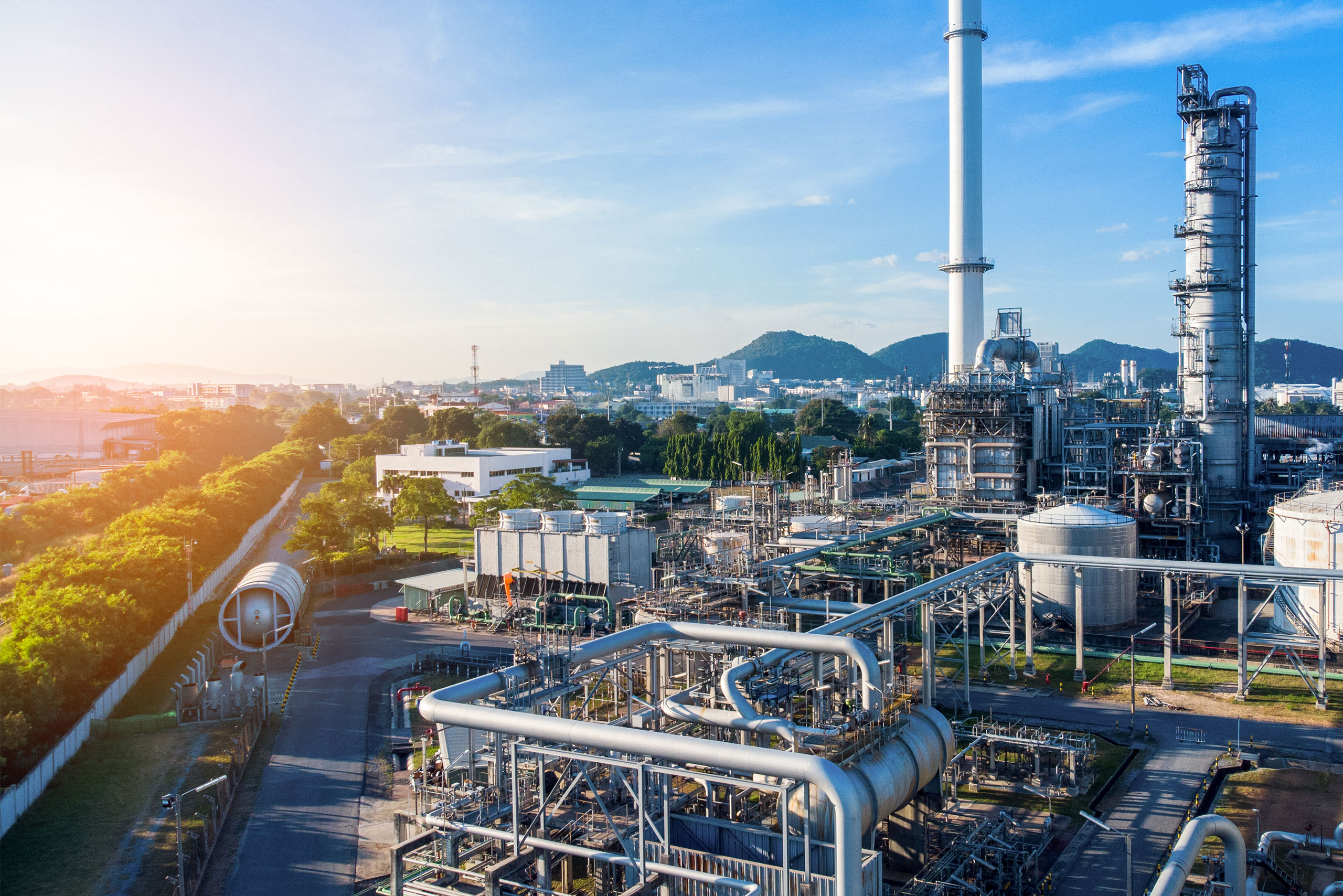The energy transition is about lowering carbon emissions, and hydrocarbons are among the most emission-intensive fuels. However, countries that have committed themselves to climate objectives, including Romania, have a duty - towards citizens and economic operators - to ensure a continuous and affordable energy supply.
Use of current technologies
Affordable prices
Continuity of supply
Keeping jobs
Hydrocarbons are a pillar of the transition, relevant to the security of energy supply, especially until "green" technologies (production, infrastructure, but also the market itself) become a reality and manage to cover energy needs.
Implementing a pillar such as CCS (carbon capture, transport and storage) can ensure the continued use of conventional fuels by decarbonising the energy sector.
ROMANIA PRODUCES LESS AND LESS CRUDE OIL AND IMPORTS MORE AND MORE
Romania produced 2.795 million tonnes of oil equivalent (toe) of crude oil in 2023, 129,200 toe less (-4.4%) than in the same period last year, according to data centralized by the National Institute of Statistics (INS), cited by energynomics.ro. Imports of crude oil last year amounted to 7.371 million toe, 1.332 million toe below those recorded in 2022 (-15.3%).
The National Commission for Strategy and Forecasting reports that Romania's crude oil production will decline between 2023 and 2026, by an average of 2.2% per year, due to the natural decline of fields and the maintenance of existing production units. At the same time, the CNSP estimates an increase in crude oil imports of 4.1% per year.
Verguleasa exploration perimeter, Oltenia region.
For the best possible efficiency of hydrogen production processes, offline wind energy offers a very good solution. Experts believe that continuous power supply makes the electrolytes used in hydrogen production more efficient, and offshore wind has the benefit of long periods of peak load.
Târgoviște exploration perimeter.
An estimated 6 million boe of crude oil resources have been identified here.
PEAR
a resource used until new technologies are sufficiently developed
According to information on the website Oltenia Energy ComplexCoal can support up to 40% of the national energy consumption in Romania, and even more in times of drought.
At the same time,
"Romania has a target of decommissioning 4.59 Gwe of coal-fired capacity by 2032, according to the Romanian Government's National Recovery and Resilience Plan" (europalibera.org).
This is to fit in with the transformations required by the Green Deal. However, the gas crisis has shown the reluctance of European countries to give up domestic coal production, as coal-fired power will be cheaper in 2022 than power from other fossil fuels such as natural gas or oil.
Although Romania is targeting coal phase-out, 2024 has come with an important news for the coal mining sector: restarting the Paroseni power plant.
According to the press release issued by Ministry of EnergyThe complex requires about 2000 tonnes of oil per day for the optimal operation of the power plant. Increasing production by about 200 tonnes per day was made possible by providing the necessary equipment to the mining units. The efforts of the miners and the management of each unit contributed significantly to achieving a daily production of over 800 tonnes.
Sebastian Burduja, Minister of Energy, said:
"Coal production has already increased by more than 40% and we will continue to increase it. Through sustained effort and continuous innovation, the Jiu Valley demonstrates that it is ready to assume a key role in the national energy mix. This success inspires us to continue to invest in the upgrading of mining, in compliance with BAT standards, and to ensure that every Romanian benefits from our country's energy and resources."


